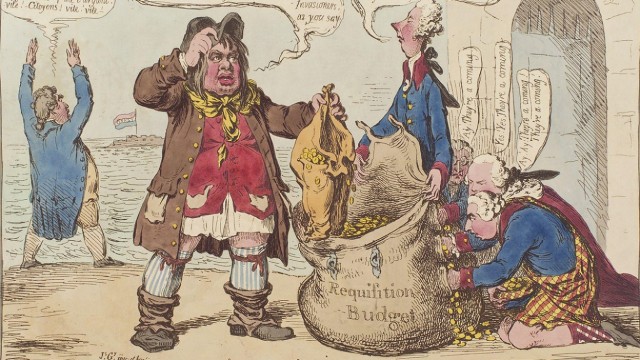Corruption in Britain and its Empire, 1600-1850

In 2014-16, Prof. Mark Knights held an AHRC Leadership Fellowship to research 'Corruption in Britain and its Empire, 1600-1850'. This resulted in a monograph published by Oxford University Press in 2021: Trust and Distrust: Corruption in Office in Britain and its Empire, 1600-1850. This provides the first overview of Britain's history of corruption in office in the pre-modern era and the first discussion on the development of public and corporate office in pre-modern Britain.
As part of his fellowship, Mark produced a freely downloadable report for the anti-corruption agency Transparency International https://www.transparency.org.uk/publications/old-corruption-what-british-history-can-tell-us-about-corruption-today/ and collaborated with the Council of Europe (which cites his work at length in a report of 2017) as well as the Italian anti-corruption agency Autorità Nazionale Anti-corruzione. He also published an article for History Today https://www.historytoday.com/mark-knights/corruption-and-anti-corruption-britain and a blog for BBC History online -https://www.historyextra.com/period/stuart/bribes-gifts-and-scandal-7-stories-of-corruption-that-shocked-britain/.
The Cultural Legacies of Corruption in Europe, 1500-today
International Workshop, Warwick Venice Centre, 27-28 March 2025
This interdisciplinary conference addresses the material, literary and visual culture associated with ‘corruption’ (broadly conceived). Relatively little attention has been paid to these dimensions of corrupt practices: to the gifts given as bribes, to the various material, artistic and cultural forms of public displays of corrupt wealth, and to the literary and visual representations of corruption. Nor has there been much debate about how to curate material bought or created with ‘corrupt’ money and how explain it to modern audiences. This workshop aims to create an interdisciplinary forum for researchers, seeking to bring together historians of all stripes, literary critics, art historians, the heritage sector and others.
We aim to discuss the following questions:
- To what extent did a material culture of corruption (broadly conceived) exist?
- Were there objects, outputs, sites or spaces usually identified – or more prone to be identified– with corrupt practices?
- Did those change over time?
- Did gifting practices trigger unethical behaviour and what gifts counted as bribes?
- How were ‘corrupt’ objects and sites concealed and disguised as ‘legitimate’?
- What was the material legacy of corrupt money, in houses, estates, monuments etc?
- How should such objects and spaces be represented now to the public by heritage organisations?
- How was corruption represented in art and literature?
- What artistic genres and literary forms were deployed?
- What emotions or responses were aroused by them?
- And how did all these cultural objects, sites and legacies differ in imperial as opposed to domestic settings? or how did imperial corruption affect the metropole?
- What power did such cultural manifestations have on reform movements?

